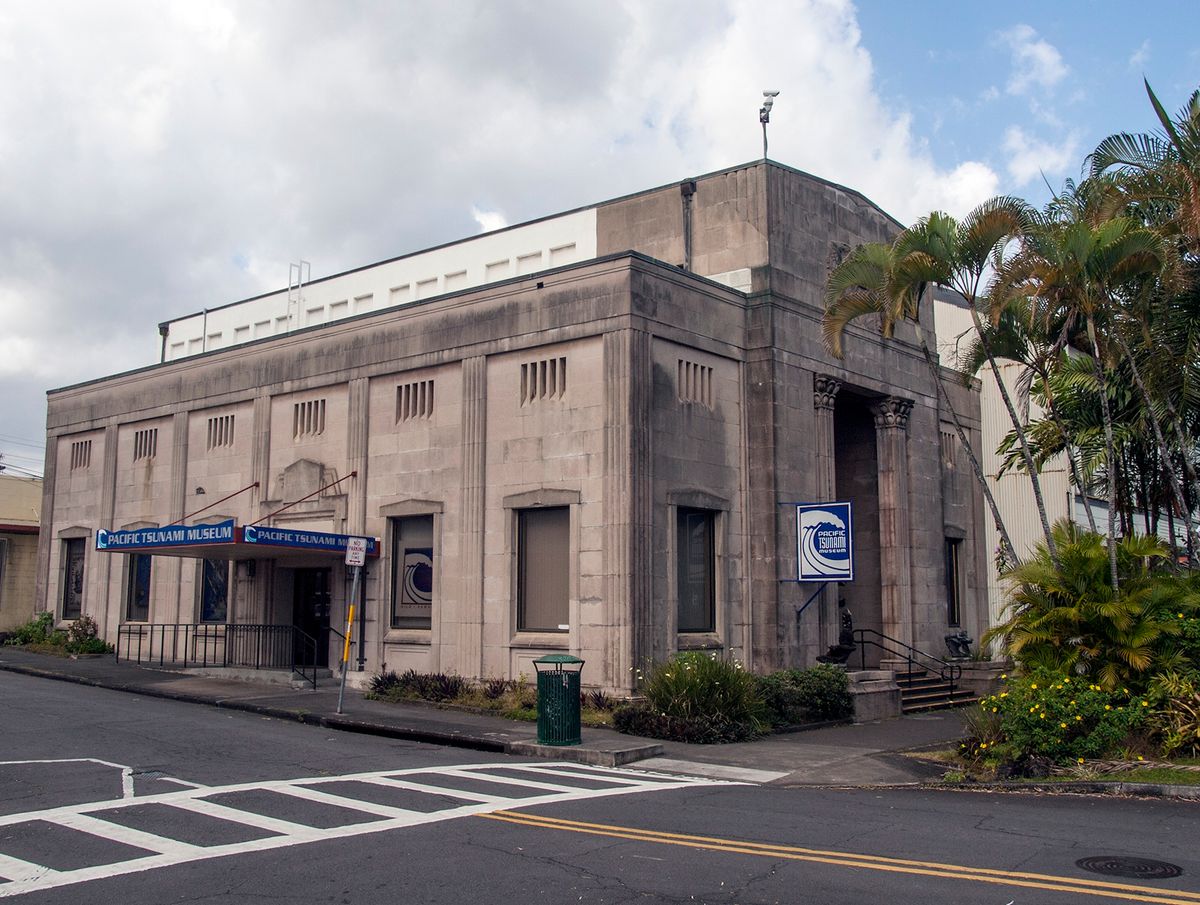The Pacific Tsunami Museum, a fixture of the waterfront in Hilo on the island of Hawaii for nearly 30 years, is facing an uncertain future. In a recent interview with Hawai'i Public Radio, Cindi Preller, the museum’s executive director, described the extensive financial woes plaguing the institution, citing the cost of repairs to its century-old home, and enduring troubles related to the pandemic as the most serious factors.
“It's challenge after challenge. The roof has definitely been leaking and needs fixing,” Preller told HPR. “And it's more expensive than we're able to manage.”
While Preller emphasised that the museum—founded in the 1990s by Jeanne Johnston, a survivor of the tsunami that hit the island in 1946—is “not giving up”, leaders have laid off the majority of the staff and drastically reduced its public hours. The Olson Trust, a philanthropic venture operated in memory of the recently late local businessman Edmund C. Olson, has pledged to donate $200,000 to the museum, and is urging others to match its support.
Preller has estimated that renovations to the building, an Art Deco bank designed by the Hawaiian architect Charles W. Dickey, could cost upwards of $1m. There is also the matter of safeguarding and processing the museum's extensive, undigitised archive, which include hundreds of oral histories from tsunami survivors conducted over decades. Speaking to HPR, Johnson said: “I don't think people have any idea of how extensive the archives are”.
“It's because of the survivor interviews that we know what those [tsunami] warning signs are… the survivor stories are teaching us exactly what is happening at the time,” Preller added.
The museum functions as both as a memorial and education centre for disaster preparedness for the state. Preller has pointed out that much of the staff has resumed work on a volunteer basis following the layoffs. She is hopeful the museum will have recovered in time for a grand reopening in November to coincide with the 50th anniversary of the Halapē tsunami.
“I have an incredible troop of docents and volunteers, and they just are refusing to completely shutter,” Preller told HPR. “We are not done."


